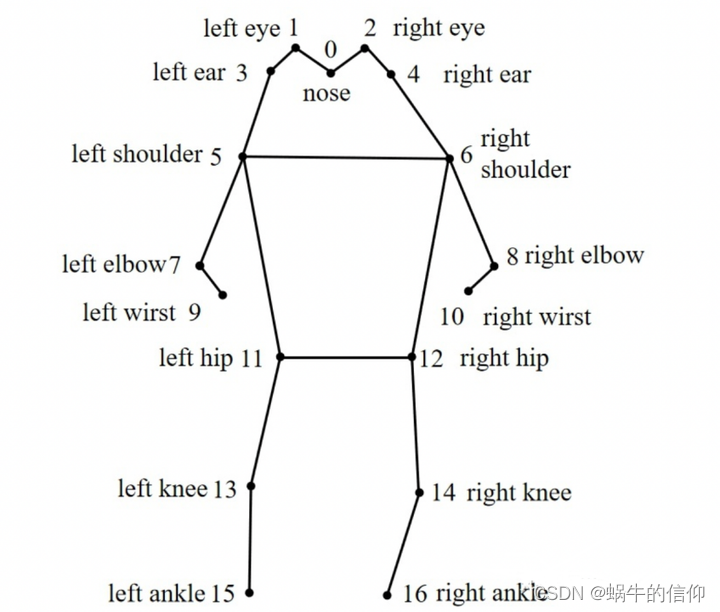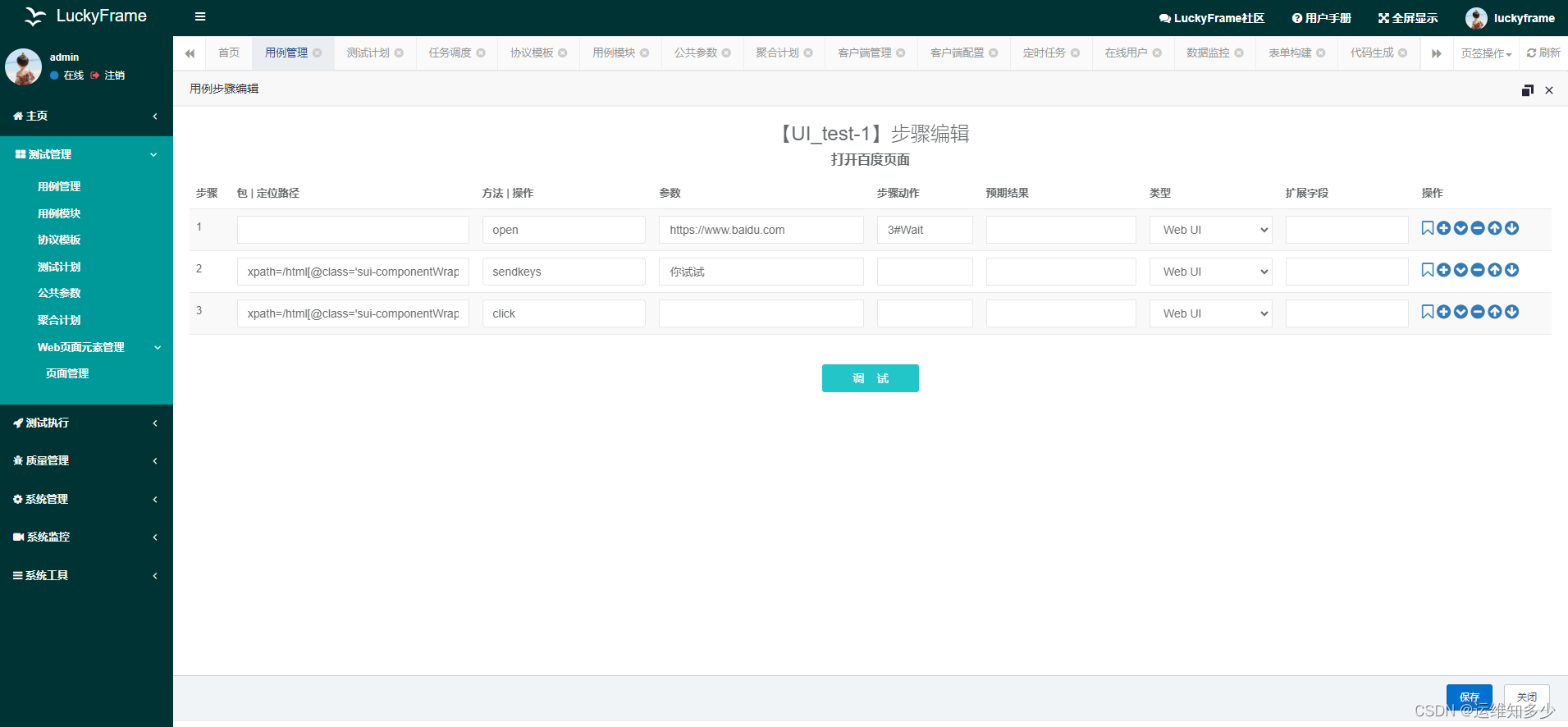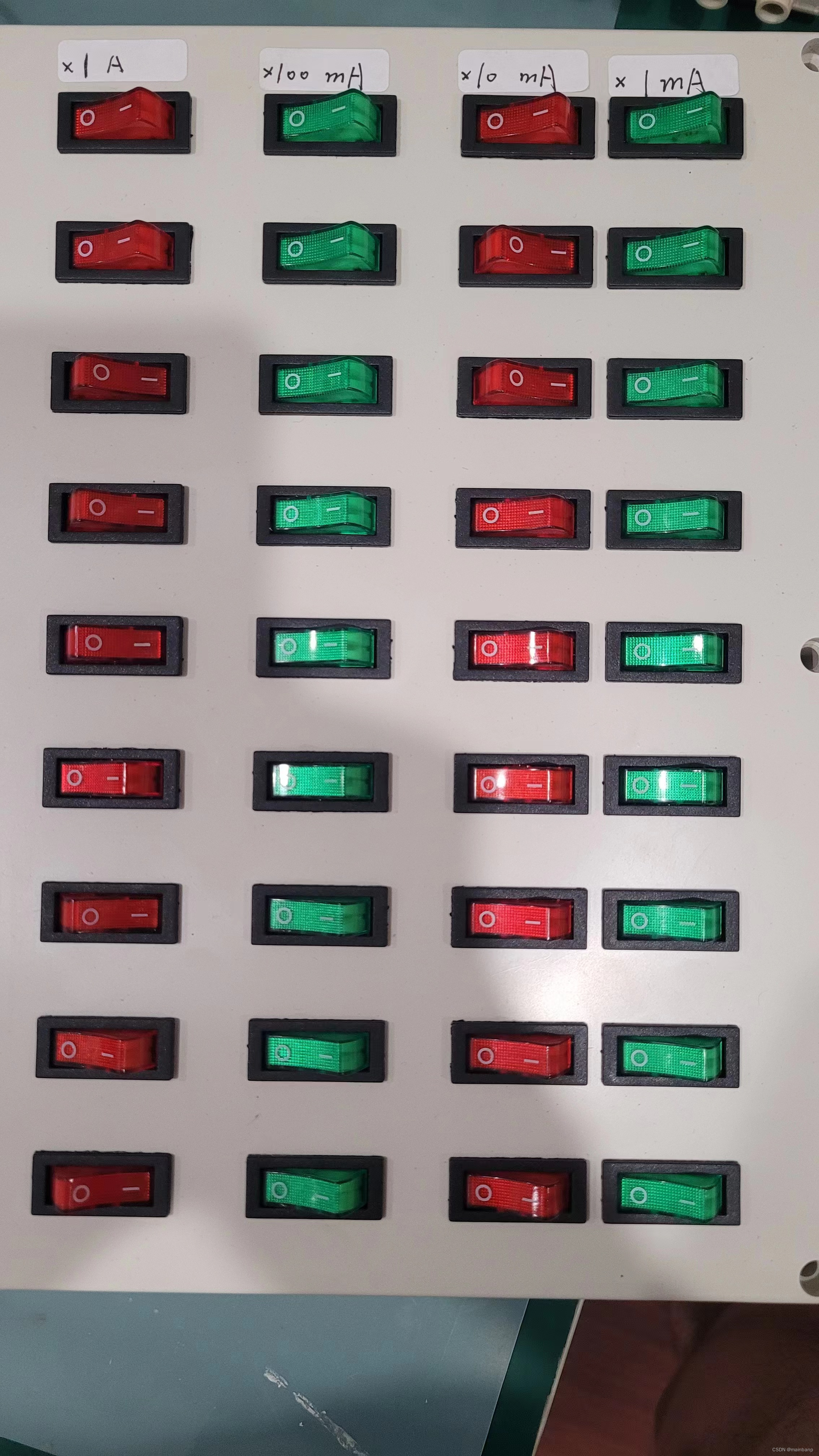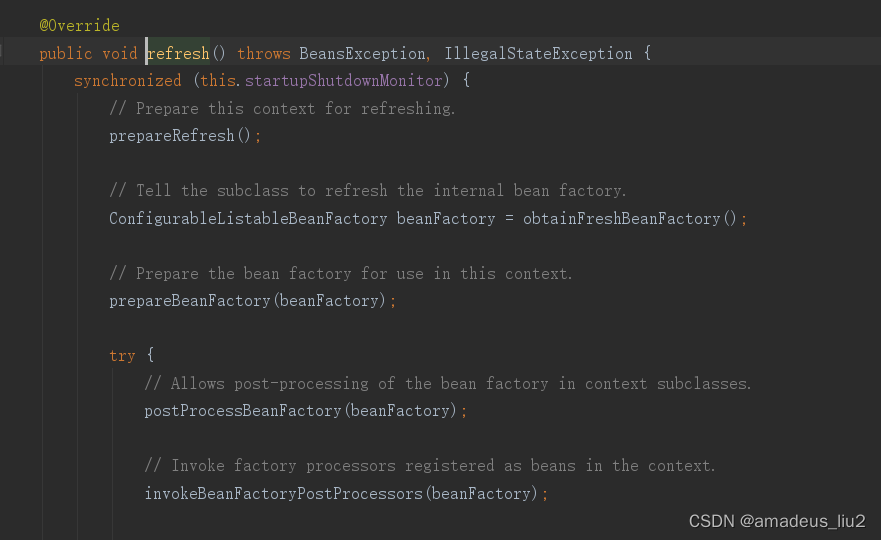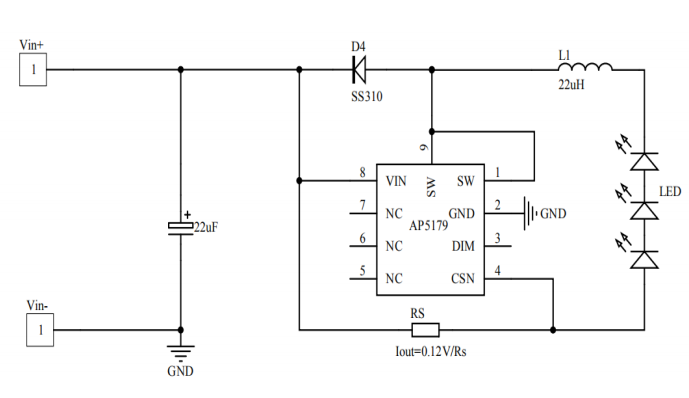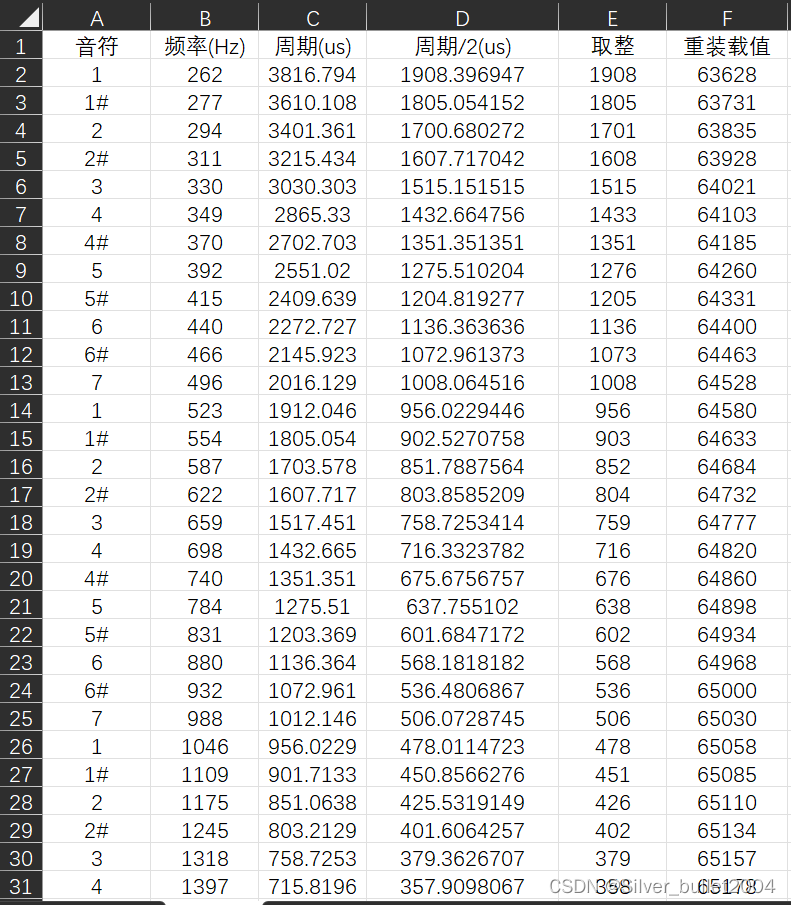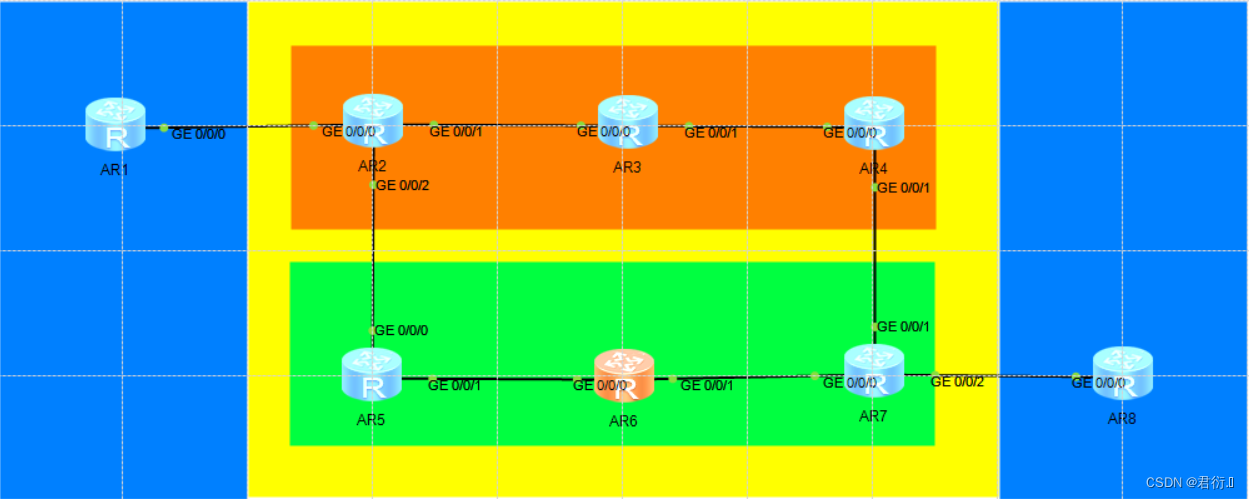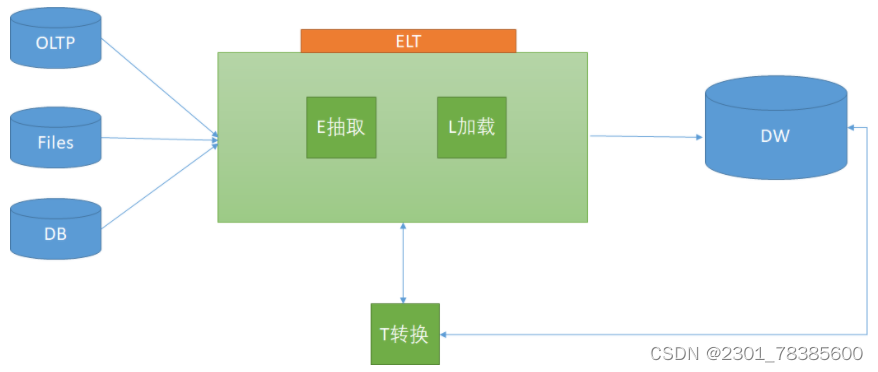世界卫生组织估计,五分之四的心血管疾病(CVD)死亡是由于心脏病发作。本研究旨在精确确定有很好机会受CVD影响的患者的比例,并使用Logistic回归预测总体风险。
Logistic回归是一种统计和机器学习技术,基于输入字段的值对数据集的记录进行分类。它基于一组或多组自变量预测因变量以预测结果。它既可用于二分类,也可用于多类分类。
加载库
import pandas as pd
import pylab as pl
import numpy as np
import scipy.optimize as opt
import statsmodels.api as sm
from sklearn import preprocessing
'exec(% matplotlib inline)'
import matplotlib.pyplot as plt
import matplotlib.mlab as mlab
import seaborn as sn
数据准备:该数据集可在Kaggle网站上公开获得,它来自一项正在进行的对马萨诸塞州州弗雷明汉镇居民的心血管研究。分类的目标是预测患者是否有未来冠心病(CHD)的10年风险。数据集提供患者的信息。它包括4,000多条记录和15个属性。
加载数据集
# dataset
disease_df = pd.read_csv("../input / framingham.csv")
disease_df.drop(['education'], inplace = True, axis = 1)
disease_df.rename(columns ={'male':'Sex_male'}, inplace = True)
# removing NaN / NULL values
disease_df.dropna(axis = 0, inplace = True)
print(disease_df.head(), disease_df.shape)
print(disease_df.TenYearCHD.value_counts())
输出:
Sex_male age currentSmoker ... heartRate glucose TenYearCHD
0 1 39 0 ... 80.0 77.0 0
1 0 46 0 ... 95.0 76.0 0
2 1 48 1 ... 75.0 70.0 0
3 0 61 1 ... 65.0 103.0 1
4 0 46 1 ... 85.0 85.0 0
[5 rows x 15 columns] (3751, 15)
0 3179
1 572
Name: TenYearCHD, dtype: int64
数据集中所有可用患者的10年CHD记录:
# counting no. of patients affected with CHD
plt.figure(figsize=(7, 5))
sn.countplot(x='TenYearCHD', data=disease_df,
palette="BuGn_r")
plt.show()
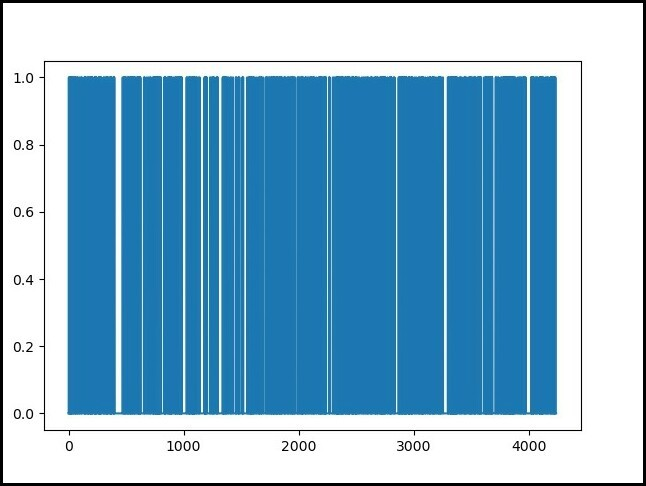
计算受CHD影响的患者数量,其中(0=未受影响; 1=受影响)
laste = disease_df['TenYearCHD'].plot()
plt.show(laste)
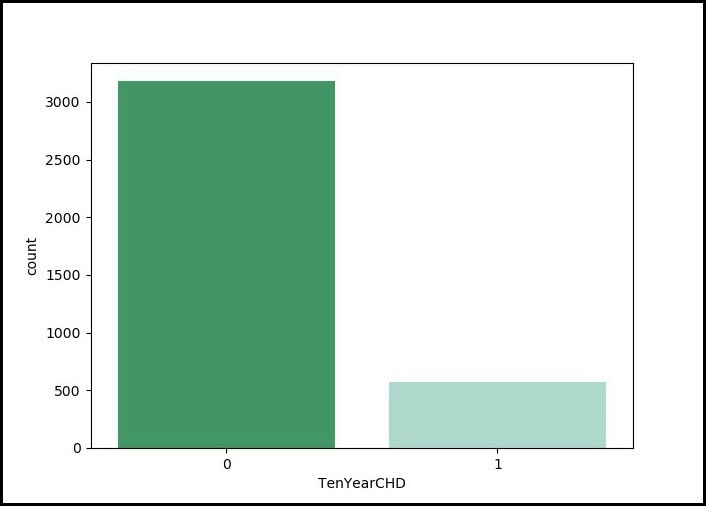
划分训练和测试集,并对数据进行标准化
X = np.asarray(disease_df[['age', 'Sex_male', 'cigsPerDay',
'totChol', 'sysBP', 'glucose']])
y = np.asarray(disease_df['TenYearCHD'])
# normalization of the dataset
X = preprocessing.StandardScaler().fit(X).transform(X)
# Train-and-Test -Split
from sklearn.model_selection import train_test_split
X_train, X_test, y_train, y_test = train_test_split(
X, y, test_size = 0.3, random_state = 4)
print ('Train set:', X_train.shape, y_train.shape)
print ('Test set:', X_test.shape, y_test.shape)
输出:
Train Set :
(2625, 6) (2625, )
Test Set :
(1126, 6) (1126, )
数据集建模|评价和准确度:
from sklearn.linear_model import LogisticRegression
logreg = LogisticRegression()
logreg.fit(X_train, y_train)
y_pred = logreg.predict(X_test)
# Evaluation and accuracy
from sklearn.metrics import jaccard_similarity_score
print('')
print('Accuracy of the model in jaccard similarity score is = ',
jaccard_similarity_score(y_test, y_pred))
输出:
Accuracy of the model in jaccard similarity score is = 0.8490230905861457
应用随机森林分类器|评价和准确度:
# This code is contributed by @amartajisce
from sklearn.ensemble import RandomForestClassifier
rf = RandomForestClassifier()
rf.fit(X_train, y_train)
score = rf.score(x_test,y_test)*100
print('Accuracy of the model is = ', score)
输出:
Accuracy of the model is = 87.14622641509435
使用混淆矩阵寻找模型的准确性:
# Confusion matrix
from sklearn.metrics import confusion_matrix, classification_report
cm = confusion_matrix(y_test, y_pred)
conf_matrix = pd.DataFrame(data = cm,
columns = ['Predicted:0', 'Predicted:1'],
index =['Actual:0', 'Actual:1'])
plt.figure(figsize = (8, 5))
sn.heatmap(conf_matrix, annot = True, fmt = 'd', cmap = "Greens")
plt.show()
print('The details for confusion matrix is =')
print (classification_report(y_test, y_pred))
# This code is contributed by parna_28
输出:
The details for confusion matrix is =
precision recall f1-score support
0 0.85 0.99 0.92 951
1 0.61 0.08 0.14 175
accuracy 0.85 1126
macro avg 0.73 0.54 0.53 1126
weighted avg 0.82 0.85 0.80 1126

